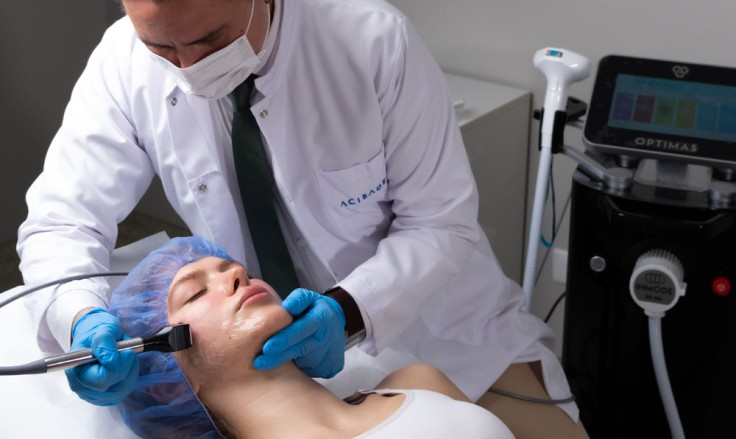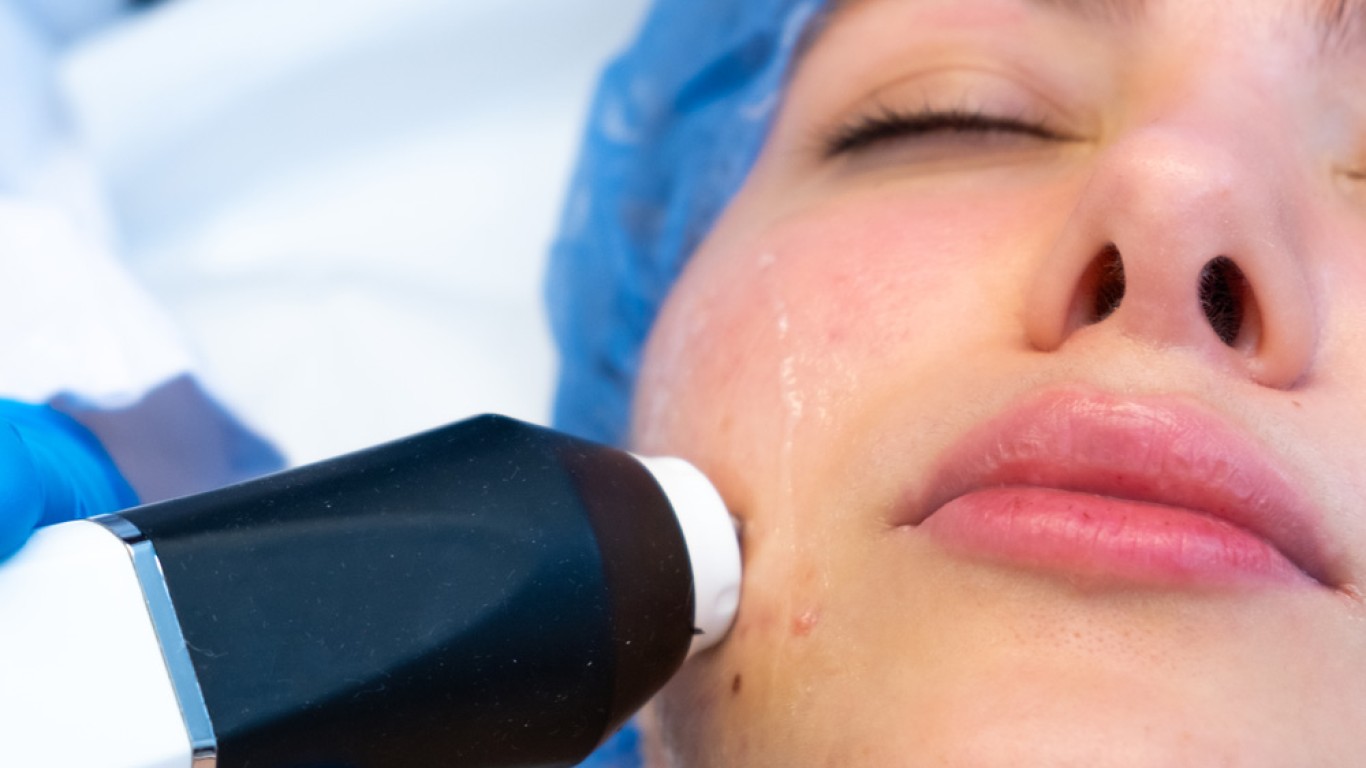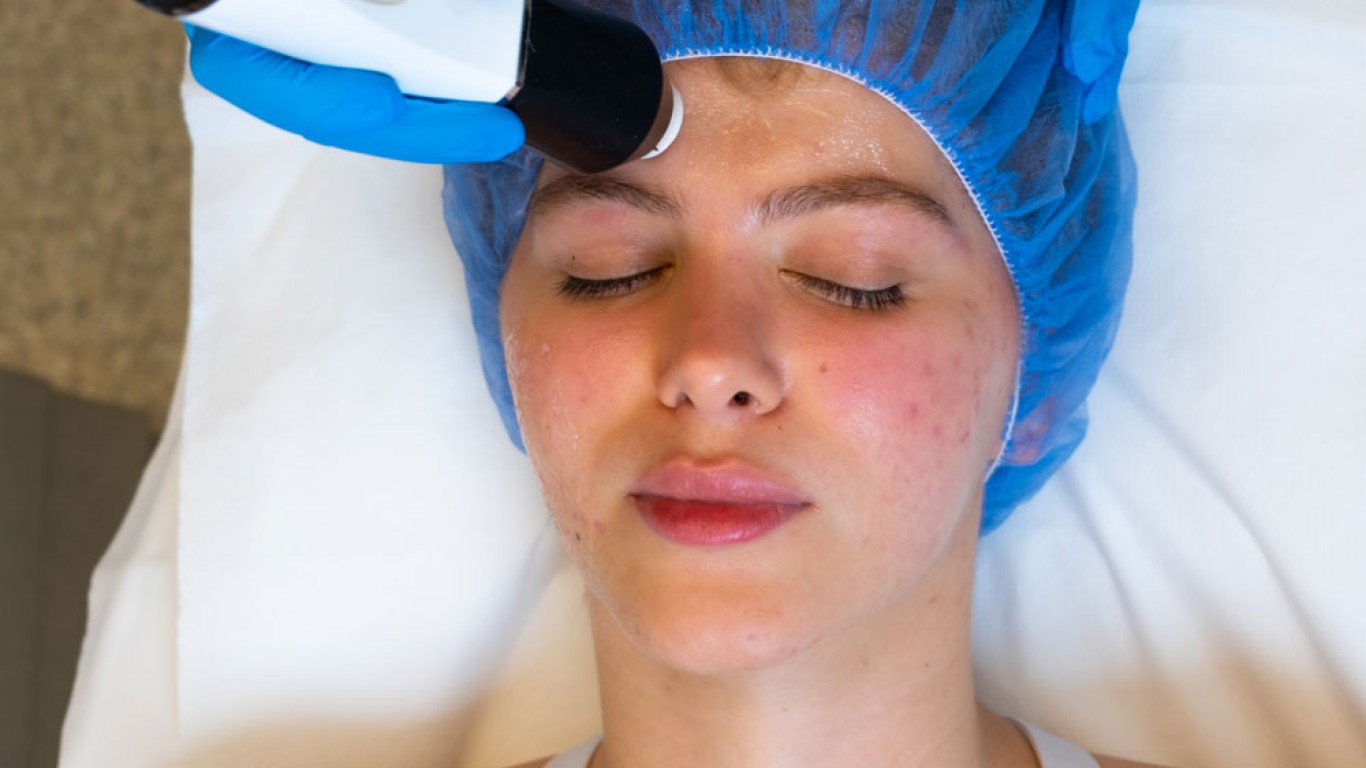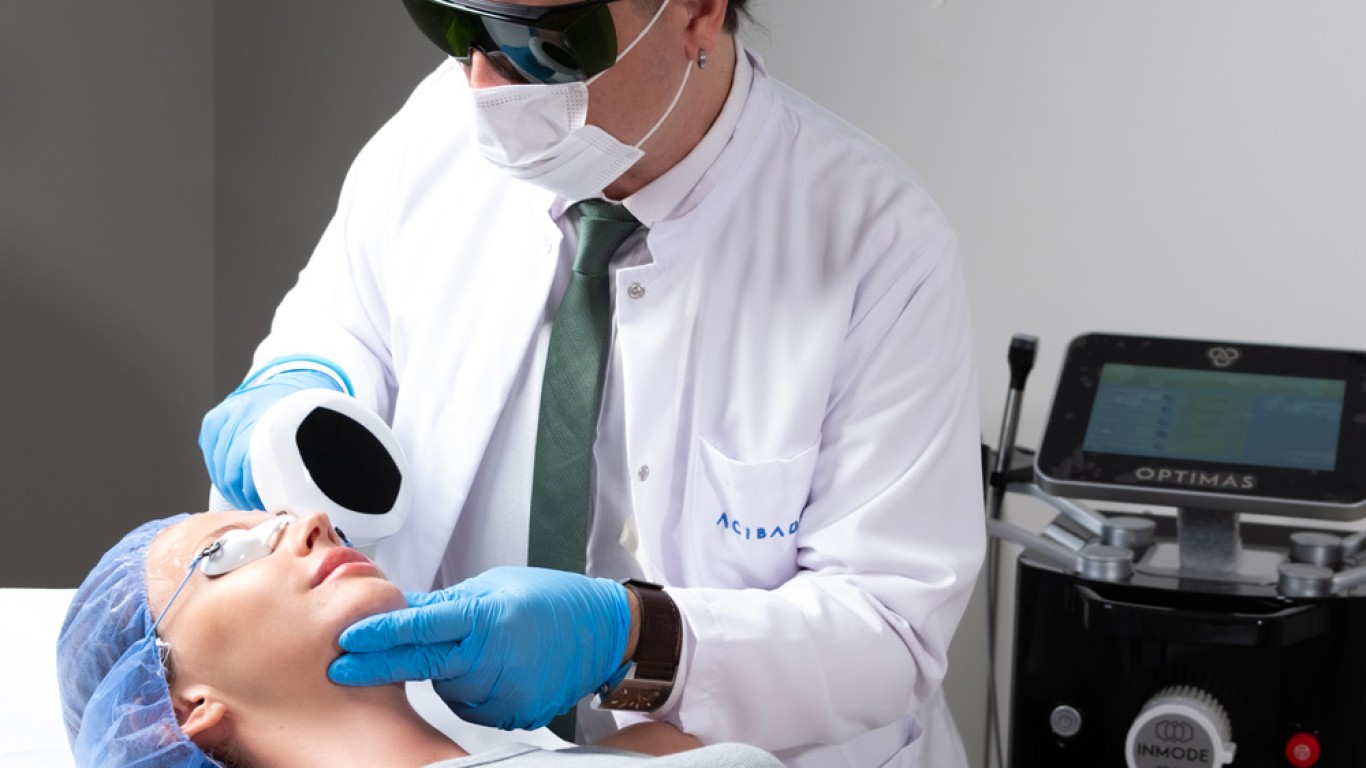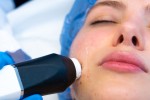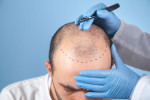Dark spots that linger after acne or injury are known as post inflammatory hyperpigmentation. While harmless, these marks can take months to fade naturally and may affect confidence. Fortunately, dermatology now offers effective ways to accelerate their disappearance. Understanding what causes these spots and how to treat them correctly is the key to restoring clear, even skin.
What Is Post Inflammatory Hyperpigmentation?
Post inflammatory hyperpigmentation refers to areas of discolouration that appear after skin inflammation or trauma. When the skin heals, it sometimes overproduces melanin leading to darker patches.
This process is a natural defence mechanism. But it can leave uneven marks that persist long after the initial irritation fades. These spots commonly develop after acne, eczema, burns, or cosmetic treatments that irritate the skin.
Why Some People Are More Prone to Post Inflammatory Hyperpigmentation
Genetics, skin tone, and healing response all influence how easily PIH develops. People with darker complexions are particularly susceptible. As their skin contains more active melanocytes. Hormonal fluctuations and excessive sun exposure can worsen pigmentation, making spots appear darker.
Recognising personal risk factors helps guide suitable prevention and treatment plans. Understanding your skin’s sensitivity is the first step to tackling hyperpigmentation effectively.
The Science Behind Pigment Formation
Melanin production increases when skin experiences inflammation or stress. Once triggered, specialised cells known as melanocytes release pigment into surrounding tissue. This pigment can become trapped within the skin’s layers, causing visible dark spots.
Reducing melanin activity and encouraging healthy cell turnover are central to treatment. Modern solutions now target these processes precisely, restoring brightness while supporting barrier repair.
Daily Skincare for Healing and Prevention
A gentle, consistent skin care routine is crucial when managing post inflammatory hyperpigmentation. Cleansing with mild, non-abrasive products removes impurities without stripping moisture. Follow with a hydrating serum containing niacinamide or hyaluronic acid to soothe inflammation.
Exfoliation also helps, but it must be approached carefully. Chemical exfoliants such as AHAs or BHAs encourage new skin formation and reduce pigment buildup. Avoid harsh scrubbing, which may worsen irritation and delay healing.
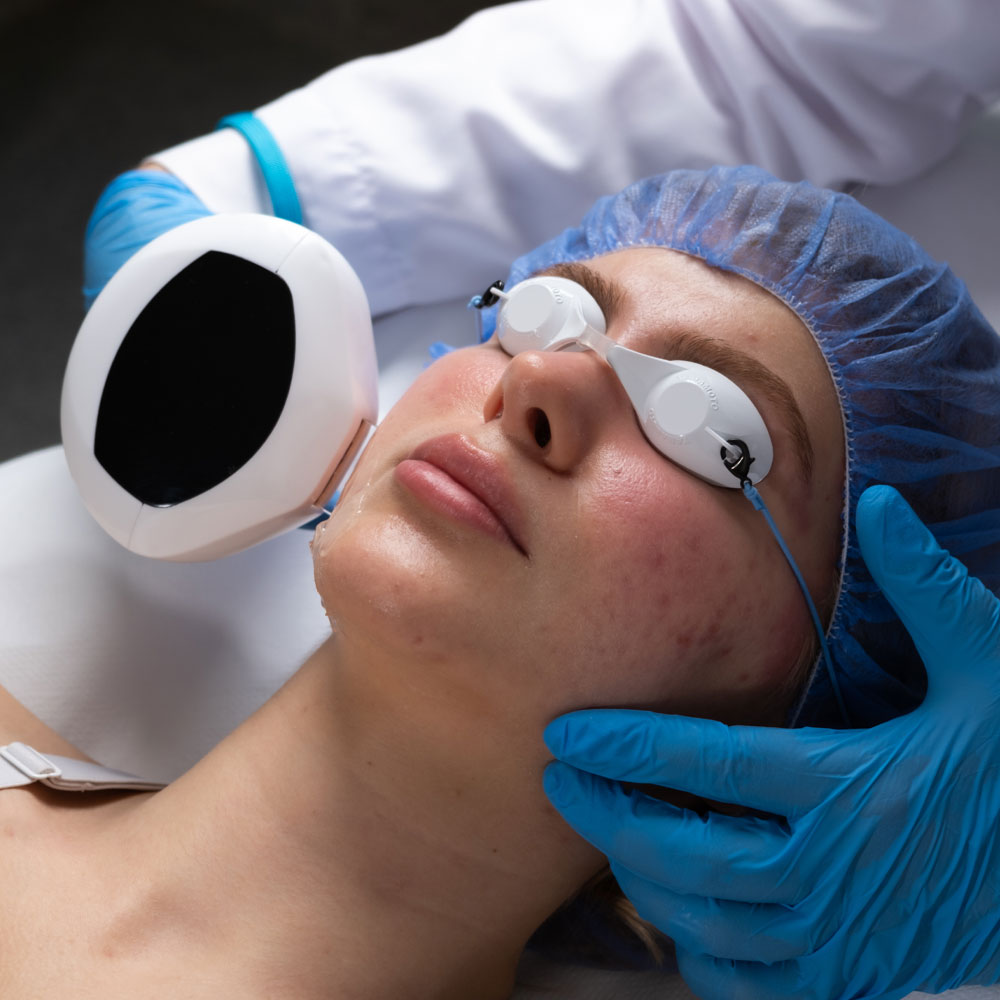
The Power of Sunscreen
No treatment works effectively without sun protection. Ultraviolet exposure intensifies pigmentation by reactivating melanin production. A broad-spectrum SPF 30 or higher should be used daily, even on cloudy days.
Reapply sunscreen every few hours, especially after sweating or swimming. This simple step prevents new spots from forming and ensures current pigmentation fades over time.
Topical Treatments and Active Ingredients
Several dermatologist-approved ingredients help fade dark spots safely. Hydroquinone, retinoids, and azelaic acid are among the most effective. They work by inhibiting melanin production and increasing cell turnover.
Vitamin C and kojic acid also brighten skin and protect against oxidative stress. Combining these ingredients under professional supervision ensures safe, gradual improvement. Because results take time, consistency is essential for long-term success.
Medical and Professional Treatments for post Inflammatory Hyperpigmentation
When topical products aren’t enough, professional therapies offer faster results. Chemical peels, laser therapy, and microneedling are among the most trusted methods to treat post inflammatory hyperpigmentation.
Chemical peels remove damaged surface layers, revealing brighter skin beneath. Laser treatments use targeted light energy to break down pigment clusters. Microneedling stimulates collagen and improves skin texture, helping pigment disperse evenly.
Each option requires assessment by a qualified dermatologist to ensure safety for your skin type.
Conclusion
Post inflammatory hyperpigmentation may be stubborn, but it’s entirely treatable with modern dermatological care. Combining targeted skin care, sun protection, and professional therapies leads to lasting clarity and smoother skin. Early intervention and consistency remain key. With the right balance of technology and expertise, radiant, even-toned skin can be restored confidently.
For more information and to book a consultation visit the ACIBADEM Beauty Center Skin Treatments webpage.
Frequently Asked Questions
It’s caused by excess melanin production following inflammation or skin injury.
Mild cases improve in weeks, while deeper pigmentation may take several months.
Yes, when performed by specialists using appropriate devices for your skin type.
They help mild cases but work best when combined with professional guidance.
Avoid picking skin, wear sunscreen daily, and treat acne promptly to minimise scarring.
